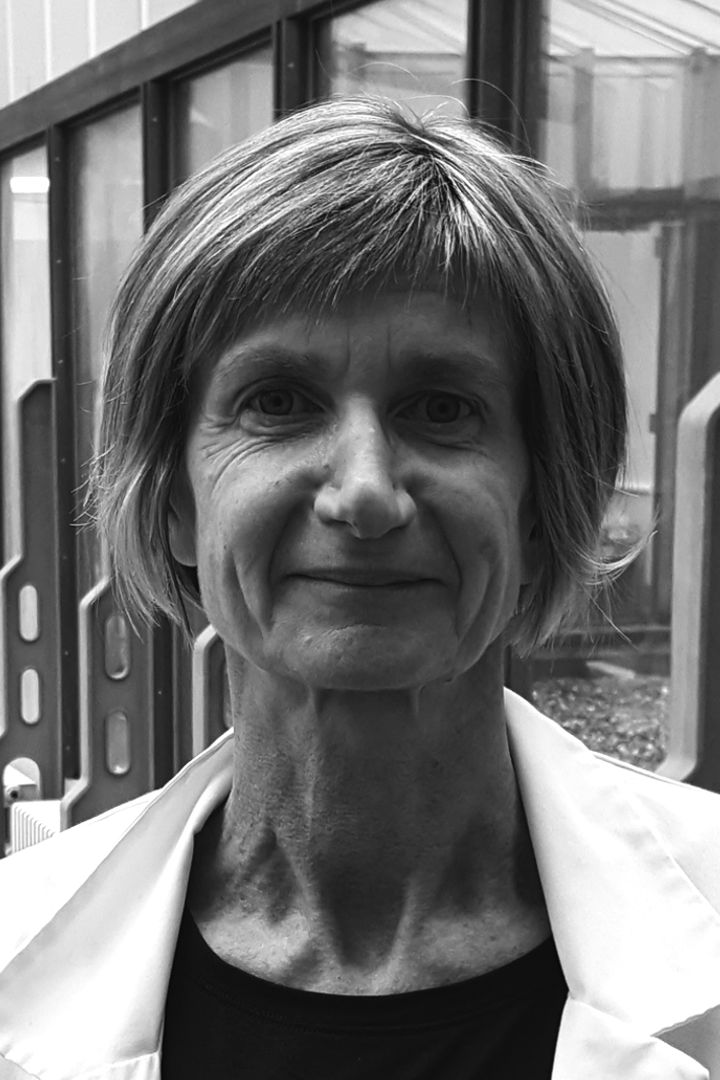Evaluation of the new Id-fungi plates medium from Conidia® for MALDI-TOF MS identification of filamentous fungi
The first purpose of this study was to compare the efficiency of mould/dermatophytes identification by matrix-assisted laser desorption ionization time of flight mass spectrometry (MALDI-TOF MS) using a new medium called Id-Fungi plates from Conidia® and two different databases. For the second purpose, we evaluated the Id-Fungi plates for the direct inoculation of nails, hair and skin samples and compared the efficiency of MALDI-TOF MS identification of dermatophytes to classical methods based on culture and microscopy.
Methods: A total of 71 strains including 13 genera of filamentous fungi and 9 species of dermatophytes have been cultured on Id-fungi plates from Conidia® and Sabouraud gentamicin plates (bioMérieux, SGC2) and were then identified by MALDI-TOF MS following several conditions and using two different databases. For the evaluation of the combination Id-fungi plates / MALDI-TOF MS as a method of identification for dermatophytes, 428 samples of hair nails an skin were cultivated in parallel on Id-fungi plates and Sabouraud +actidione medium (bioMérieux, SAB-ACTI).
Results: For Aspergillus sp. and non-Aspergillus moulds, the best performances were obtained on Id-Fungi plates medium after maximum 48h growth, following protein extraction. For dermatophytes, the best condition was obtained using the Id-Fungi plates medium at 72h, after extended direct deposit. After extraction, no better result was observed for dermatophytes even after 96h incubation. Regarding the direct inoculation of nails, hair skin on Id-Fungi plates, 129/428 (30.1%) showed a positive culture against 150/428 (35%) on SAB-ACTI medium. Among the 129 positive strains the identification by MALDI-TOF MS was correct for 92/129 (71.4%). This comprised dermatophytes but also non dermatophytes species.
Conclusion: The Id-Fungi plates allows the generation of better spectra by MALDI-TOF MS compared to SGC2 medium. It speeds up the growth (especially for dermatophytes) and facilitates sampling and deposit on the target plate even for fluffy fungi. Regarding the use of this medium directly on nails hair and skin samples, this medium seems less sensitive than SAB-ACTI medium but among positive strains, the rate of correct identification, by MALDI-TOF MS is satisfactory.

